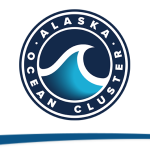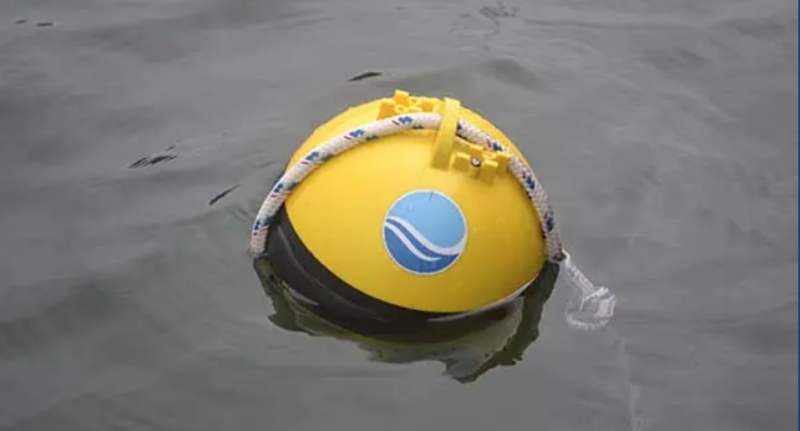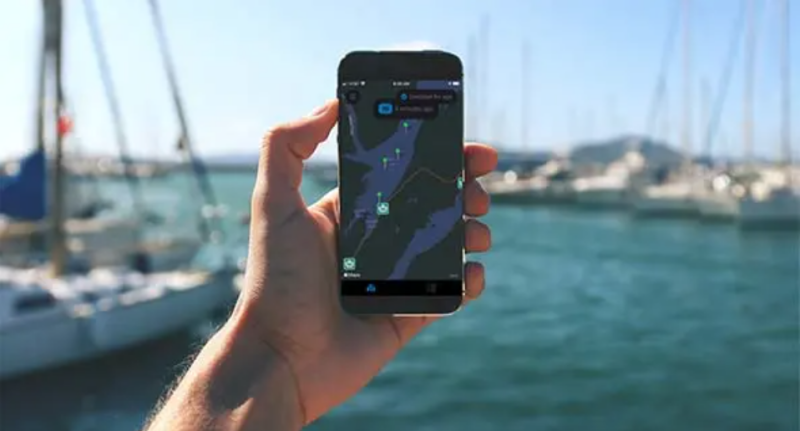What will the Alaska seafood industry look like in 30 years? Given the pace of innovation, it’s not hard to envision an industry transformed by artificial intelligence, cloud computing, robotics, remote sensing, and electric motors and batteries. This transformation is already occurring across manufacturing, agriculture, and transportation sectors, among others. Consider the possibilities for the fishing and seafood industries.
Fishing vessels could operate on electric or hydrogen power, serving as hubs for connected devices, including sensors and unmanned vehicles. Fishing gear could be “smart,” able to distinguish between targeted and nontargeted species. Advanced tools informed by machine learning could suggest the optimal place to set pots or longlines based on historical data and current conditions. Seafood could be sorted automatically on deck with no human intervention; pots could passively discard undersized crab on the seafloor.
Plant managers could have their operations at their fingertips, with real-time data about production, packaging, and shipping only a click away. Deliveries could be seamlessly coordinated with processing and shipping capacity. Advanced analytics, machine vision, and other forms of automation could increase product yield, enable predictive maintenance, and free staff from repetitive and injury-prone tasks.

Regulators, too, could use smart sensors and real-time data to shift from periodic stock assessments to a dynamic management system. With onboard cameras, automatic scanning, and satellite imagery, fishery managers could simplify and reduce the cost of reporting while increasing surveillance of illegal, unreported, and unregulated activities. Unmanned drones could remain at-sea year-round, actively monitoring the location and health of fish stocks.
Achieving what is possible in 2050 is not a minor task. But the main challenges are not technical — many of these things are feasible today or will be soon. Instead, the roadblocks include finding people in the industry willing to experiment with early-stage technology, myopic fish politics, access to financing, and a regulatory environment that can limit innovation.
Alaska is already moving in the right direction. Processors have invested millions of dollars into advanced filleting, handling, and freezing technologies, while the trawl fleet has used underwater cameras, excluders, and information sharing to reduce bycatch. Last year, NOAA’s Alaska Fisheries Science Center piloted the first stock survey using autonomous vehicles provided by Saildrone, a landmark achievement that enabled managers to complete the stock assessments during unprecedented challenges due to the covid-19 pandemic.
But more can be done, particularly when it comes to helping early-stage companies critical to developing and scaling new technologies. That’s why the Alaska Ocean Cluster is supporting founders working on the next wave of transformative ocean products and services.
Take, for example, Blue Ocean Gear’s (blueoceangear.com) Farallon smart buoy. The seven-inch buoy transmits location, temperature, and other parameters to a vessel or owner onshore. This past year saw its first deployment in the Bering Sea crab fishery. The successful pilot project reduced time spent looking for gear, saved thousands of dollars in potential lost gear, and withstood one of the most difficult environments on earth.

Or SafetyNet Technologies (sntech.co.uk) which offers a portfolio of products designed for modern fisheries. Their Pisces light takes advantage of how fish and crab react to light underwater, attracting target species while repelling others. Early deployments in Europe have supported bycatch reductions up to 90 percent in some cases.
Others are working to make wild fisheries more cost competitive. PolArctic (polarcticllc.com), a pioneering data sciences and oceanographic company offers advanced remote sensing and machine learning capabilities to forecast ice conditions in the Bering Sea, conduct advanced seafood data analytics, and map coastal conditions. The firm is the first in the world to integrate local indigenous knowledge into an applied artificial intelligence model.
Support services are vital to the industry, with improvements in transportation rates, reliability, and technology a key component of a modern sector. OpenTug’s (opentug.com) online marine shipment platform allows shippers and customers to coordinate efficiently, offering rate reductions of 20 percent or more. Savings of this magnitude across the industry would save hundreds of millions of dollars annually.
These are just a few of the startups the Alaska Ocean Cluster supports. Working with entrepreneurs is the primary reason we remain optimistic about the future, even with the myriad challenges faced by our fisheries. We are excited to help startups, industry, and other stakeholders realize the full potential of the Alaska seafood industry.
 Garrett Evridge is from Kodiak. He’s fished commercially across the state, conducted analysis as a seafood economist, and now manages the Alaska Ocean Cluster (alaskaoceancluster.com).
Garrett Evridge is from Kodiak. He’s fished commercially across the state, conducted analysis as a seafood economist, and now manages the Alaska Ocean Cluster (alaskaoceancluster.com).







